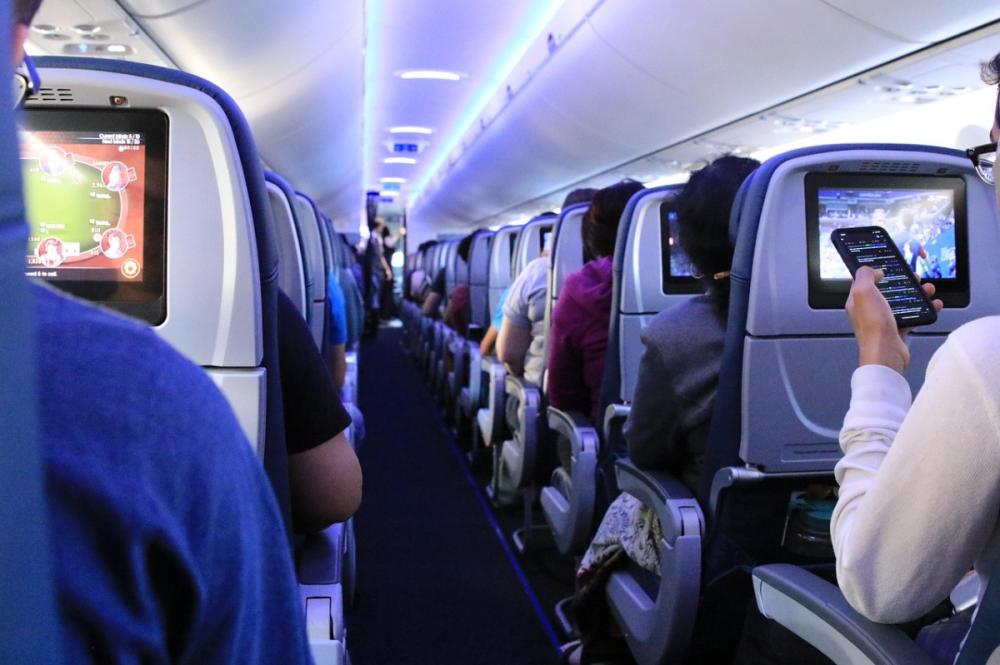search
date/time
 | North East Post A Voice of the Free Press |
1:00 AM 1st November 2025
lifestyle
Airports Are No Longer Just About Duty-Free And Departures; They’re Fast Becoming Wellness Hubs.

Image by Orna from Pixabay
However, the appetite for fitness goes beyond a quick stretch. With the average traveller spending more than two hours at the airport before a flight, younger people are keen to put that time to good use. Three-quarters of 18–24s (74%) and four in five 25–34s (80%) say they would use a dedicated airport gym or fitness space if one existed.
Elite fitness coach Michael Sandbach , a HYROX athlete, says this shift reflects a smarter approach to pre-flight health:
“It’s not just what happens in the gym that counts – it’s the other 165 hours a week that affect how your body feels. If you’re about to spend eight hours on a plane, getting your body moving beforehand makes all the difference to how you arrive.”
The movement is already trending online, with #AirportWorkout and #AirportStretching videos racking up millions of views. Travellers are sharing squats, lunges and breathwork routines from departure lounges — one even turned an escalator into a makeshift Stairmaster. To help travellers make the most of their time on the ground, Sandbach has created a 15-minute, equipment-free mobility routine designed for airports, focused on circulation, joint health and breath work, and easily done in a quiet corner of the terminal.

Michael Sandbach
1. Reset & breathe – 1 minute
Stand tall, feet shoulder-width apart.
Inhale through your nose as you reach both arms overhead.
Exhale and fold forward, letting your arms hang.
Repeat for 5 slow breaths.
2. Neck & Shoulders – 1 minute
Roll your shoulders forward and back, 5 times each way.
Gently tilt your ear toward your shoulder, hold a few seconds each side.
Finish with 5 chin tucks (draw your chin straight back, not down).
Repeat for 1 minute.
3. Standing Cat–Cow* – 1 minute
Place hands on thighs, soften knees.
Inhale: arch your back, lift your chest.
Exhale: round your spine and tuck your chin.
Complete 8–10 smooth reps.
4. Hip Mobility – 2 minutes
Big hip circles: 5 clockwise, 5 counterclockwise.
Step into a lunge, place one hand on the floor, rotate the other arm to the ceiling. Switch sides,
3–4 reps each.
5. Hamstrings & Calves – 2 minutes
From a forward fold, bend and straighten your knees 10 times.
Rise tall and do 15–20 calf raises.
6. Ankles – 2 minutes
Hands on wall or seat for balance.
Rock your knee forward over your toes while keeping heel down, 8 reps each side.
Finish with 10 ankle circles each way.
7. Dynamic Flow – 3–4 minutes
Reverse lunge with overhead reach – 5 each leg.
Standing figure-4 stretch – hold 20 sec each side.
Torso rotations – arms out, rotate side to side, 10 each way.
Cycle through exercise twice
8. Walk & Reset – 1–2 minutes
Take a slow walk, rolling through your feet.
Shake arms and breathe deeply.
Michael finally adds: “Staying active at the airport can be a great way to pass the time and prepare your body before a flight. But it’s also important for travellers, particularly those with pre-existing medical conditions, to think ahead when it comes to their overall health.
When exercising it’s essential to know your limits and avoid overexerting yourself, but being prepared is just as important. Even seemingly minor conditions like asthma or back pain can become serious in the wrong circumstances. Investing in comprehensive medical travel insurance not only means you’re protected while you're away but also gives you the confidence to stay active keeping your body in good condition."